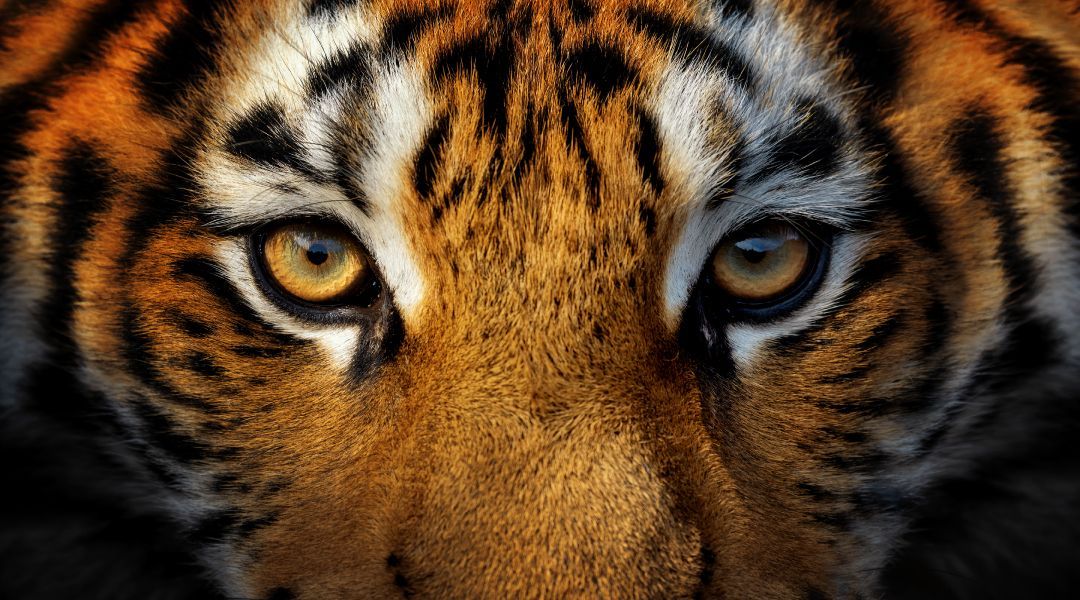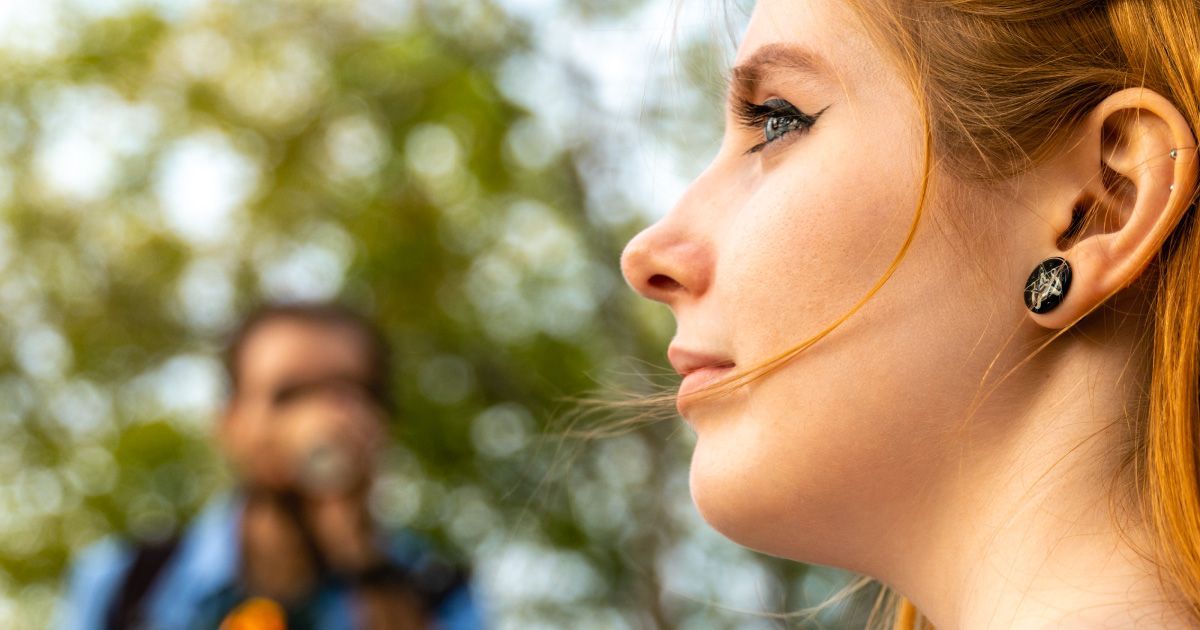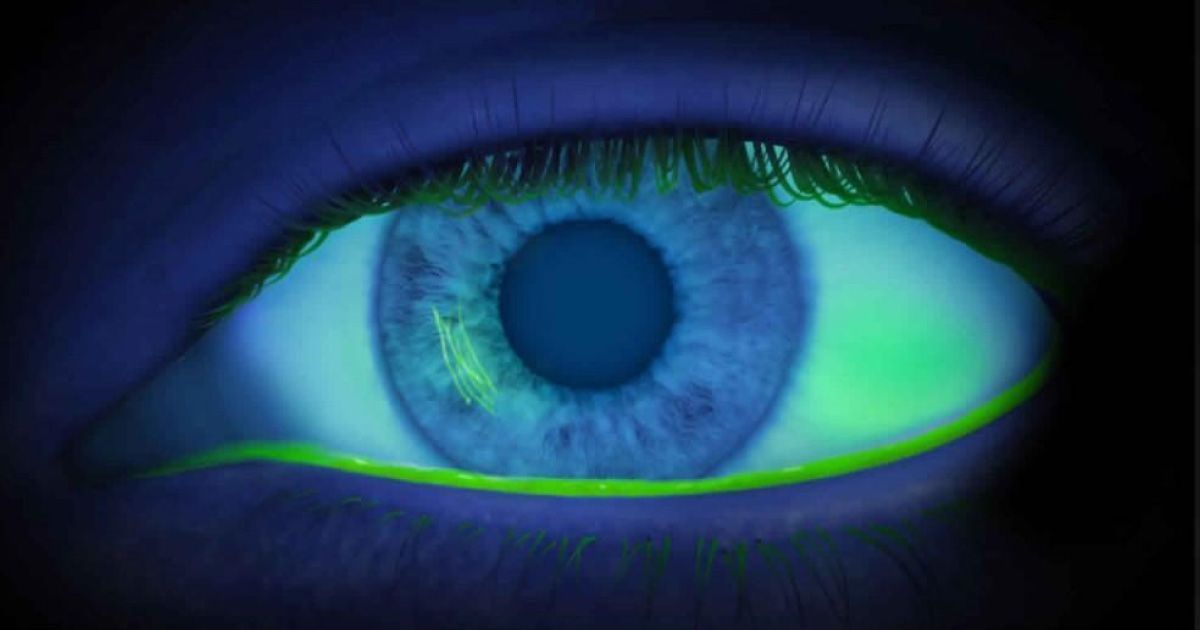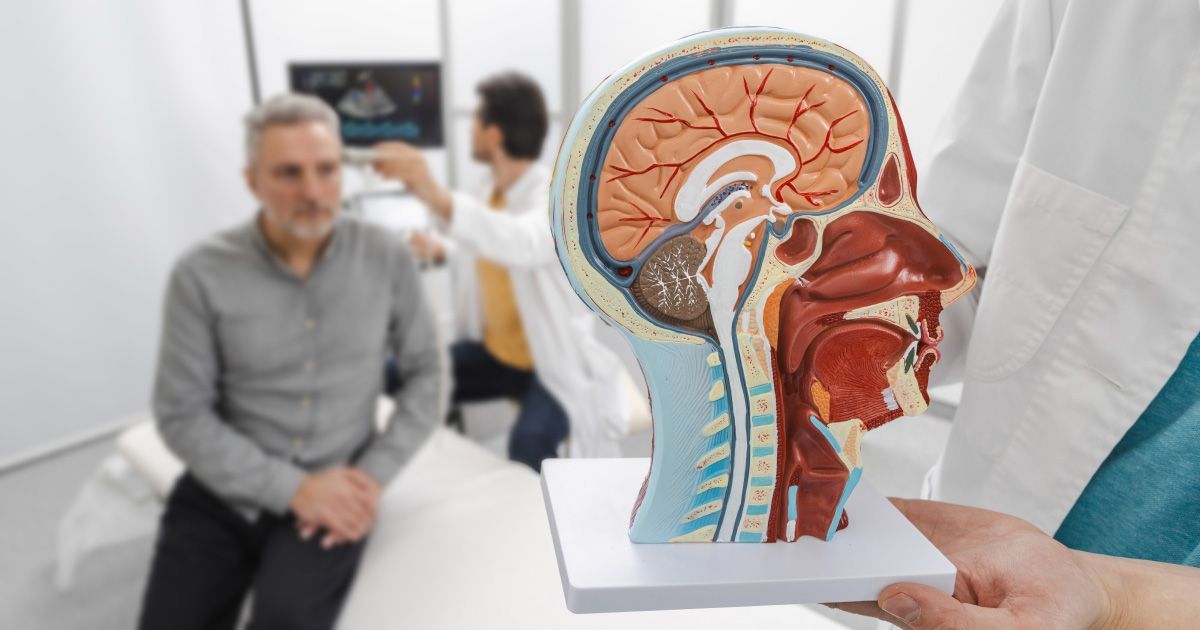Eyes in Wildlife: A Glimpse into Nature's Optical Marvels

Read time: 7 minutes
The animal kingdom is a vast canvas of evolutionary marvels, each species painting its unique adaptation story. One aspect that stands out prominently in this narrative is the incredible diversity of eyes in the wild. Beyond being windows to the soul, animal eyes have evolved to meet the specific challenges of their environments, serving as tools for survival, camouflage, and communication.
Shaping the Eyes of the Animal Kingdom
To comprehend the intricate adaptations of wildlife eyes, one must delve into the narrative of evolution. Evolution, in the context of biology, is the gradual process of change and development over successive generations, driven by the forces of natural selection, genetic variation, and environmental pressures. This overarching mechanism has sculpted the diverse array of eyes we observe in the animal kingdom, shaping each species to navigate, survive, and communicate in their unique habitats.
Natural Selection as the Conductor of Change
At the heart of evolution is natural selection, the guiding force that determines which traits are passed on to subsequent generations. The principle is simple but profound: individuals with advantageous traits for survival and reproduction are more likely to pass those traits on to their offspring. Over time, this cumulative process results in the refinement of traits that enhance a species' ability to thrive in its environment.
In the realm of eyes, natural selection has favored characteristics that optimize an animal's chances of survival. The eyes of nocturnal predators, for instance, have evolved to detect minimal light, ensuring their prowess in nighttime hunting. On the other hand, prey animals have developed wide-angle vision and heightened alertness to detect potential threats swiftly. These adaptations are the products of eons of refinement, fine-tuned by the relentless demands of the natural world.
Genetic Variation & Diversity
Genetic variation, the result of mutations and genetic recombination, provides the raw material for evolution. It introduces diversity within populations, allowing for the exploration of new traits and capabilities. As species face ever-changing environmental challenges, the presence of genetic diversity enables some individuals to possess traits that are better suited to the prevailing conditions.
In the context of eyes, genetic variation has given rise to the astonishing array of forms and functions observed in the animal kingdom. From the compound eyes of insects to the complex camera-like eyes of vertebrates, genetic diversity has paved the way for the emergence of optical adaptations tailored to specific ecological niches. This diversity is not a random occurrence but a testament to the dynamic interplay between genetics and environmental selection pressures.
Adaptation Due to Environmental Pressures
Evolution is not a solitary journey but an ongoing dialogue between organisms and their environments. Environmental pressures, ranging from climate changes to the availability of resources, act as the crucible in which adaptations are tested and refined. Those individuals with traits that align with the demands of their surroundings are more likely to thrive and reproduce, passing on their well-adapted genetic code to future generations.
In the context of eyes in the animal kingdom, environmental pressures have driven the development of specialized visual adaptations. The camouflage of chameleons, the echolocation of bats, and the keen eyesight of birds of prey are all responses to the challenges posed by their respective habitats. The eyes, as crucial sensory organs, have evolved in concert with environmental dynamics, ensuring the survival and perpetuation of species across the vast spectrum of life.
Forget the Knives, Forget the Firestarters
In the animal kingdom, the ultimate tool for survival might be hiding behind a thin layer of skin. From nocturnal hunters navigating by starlight to creatures blending seamlessly into their surroundings, nature has equipped eyes with an astonishing array of adaptations, transforming them into silent weapons, communication hubs, and keys to unlocking hidden worlds. Let’s look further into the captivating world of animal vision, where a blink can mean the difference between life and death, and a fleeting glance speaks volumes, all without uttering a single sound:
Eyes as the Ultimate Survival Tool
- The Night's Silent Hunters: Predators such as owls and big cats have perfected the art of nocturnal hunting. Their eyes are equipped with an abundance of rod cells, specialized for low-light vision. Additionally, some species have a layer of cells behind the retina that reflects light, enhancing their ability to see in near-total darkness. This adaptation allows them to stalk prey with unparalleled precision under the moonlit canopy.
- 360-Degree Vision for Constant Alertness: On the flip side, prey animals like rabbits and deer have evolved eyes on the sides of their heads, providing a nearly panoramic field of view. This wide-angle vision is essential for detecting predators from various angles, minimizing the chances of surprise attacks. It's a classic example of nature's ingenious balance between the hunter and the hunted.
- Underwater Marvels: Dive into the aquatic realm, and you'll encounter a breathtaking array of eye adaptations. Marine animals, such as dolphins and sharks, possess a nictitating membrane, a transparent third eyelid that protects their eyes during rapid movements or confrontations. The eyes of these oceanic beings have also evolved to perceive polarized light, aiding them in spotting prey and navigating the complex underwater world.
Eyes Disguised for Survival
- The Masters of Disguise: The chameleon's eyes are a testament to the art of camouflage. Independent of each other, these eyes can move in various directions simultaneously, providing an unparalleled field of view. Their exceptional color-changing abilities, controlled by chromatophores, allow them to blend seamlessly with their surroundings. This not only aids in hunting but also serves as a defense mechanism against potential threats.
- A Shapeshifting Gaze: Dive into the depths of the ocean to witness the mesmerizing eyes of the cuttlefish. These cephalopods are masters of shapeshifting, and their eyes play a crucial role in this skill. W-shaped pupils, surrounded by muscular rings, enable precise control over the direction of their gaze. Their ability to rapidly change color and texture allows them to communicate, mesmerize prey, and seamlessly blend into the underwater tapestry.
- Stained-Glass Vision: The delicate and intricate eyes of butterflies serve both aesthetic and functional purposes. Composed of thousands of tiny lenses, these compound eyes provide a mosaic view of their surroundings. The vibrant colors and patterns on their wings are not just for show; they serve as an extension of their eye camouflage, confusing predators and potential threats.
Silent Conversations through Gaze
- Silent Communication & Expressive Eyes: In the lush rainforests, the eyes of gorillas speak volumes. The expressive gaze of these primates serves as a powerful tool for communication within their social groups. Subtle shifts in eye contact convey emotions, intentions, and hierarchy, fostering a complex system of non-verbal communication that transcends words.
- Aerial Ballet of Eye Contact: Birds of prey, such as eagles and hawks, are renowned for their keen eyesight and the ability to lock onto prey with laser-like precision. Their eyes play a crucial role in coordinating intricate aerial maneuvers during hunting or territorial displays. The intensity of their gaze communicates dominance and territorial boundaries, reducing the need for physical confrontation.
- The Language of Loyalty: Domesticated dogs have evolved alongside humans, and their eyes have adapted to communicate with their human companions. The infamous "puppy eyes" are a result of selective breeding, triggering an emotional response in humans. Beyond cuteness, dogs use eye contact to convey trust, submission, and affection, creating a unique interspecies bond forged through silent yet powerful communication.
The Takeaway
Looking at the diverse landscapes of the animal kingdom, it becomes evident that eyes are not merely sensory organs but intricate adaptations that contribute to the survival, communication, and camouflage strategies of different species. From the keen vision of eagles soaring in the skies to the bioluminescent glow of deep-sea creatures, each set of eyes tells a unique story of evolution and adaptation.
Nature's optical marvels continue to inspire awe and curiosity, inviting us to appreciate the intricate dance of survival that unfolds in the animal kingdom. The kaleidoscope of vision, from the vibrant hues of chameleon eyes to the night vision wonders of nocturnal hunters, showcases the remarkable diversity of life on Earth.
So, let us continue to marvel at the eyes that have evolved to perceive the world in ways beyond our imagination, reminding us that the symphony of sight in the animal kingdom is a testament to the beauty and complexity of the natural world.
Share this blog post on social or with a friend:
The information provided in this article is intended for general knowledge and educational purposes only and should not be construed as medical advice. It is strongly recommended to consult with an eye care professional for personalized recommendations and guidance regarding your individual needs and eye health concerns.
All of Urban Optiks Optometry's blog posts and articles contain information carefully curated from openly sourced materials available in the public domain. We strive to ensure the accuracy and relevance of the information provided. For a comprehensive understanding of our practices and to read our full disclosure statement, please click here.


















